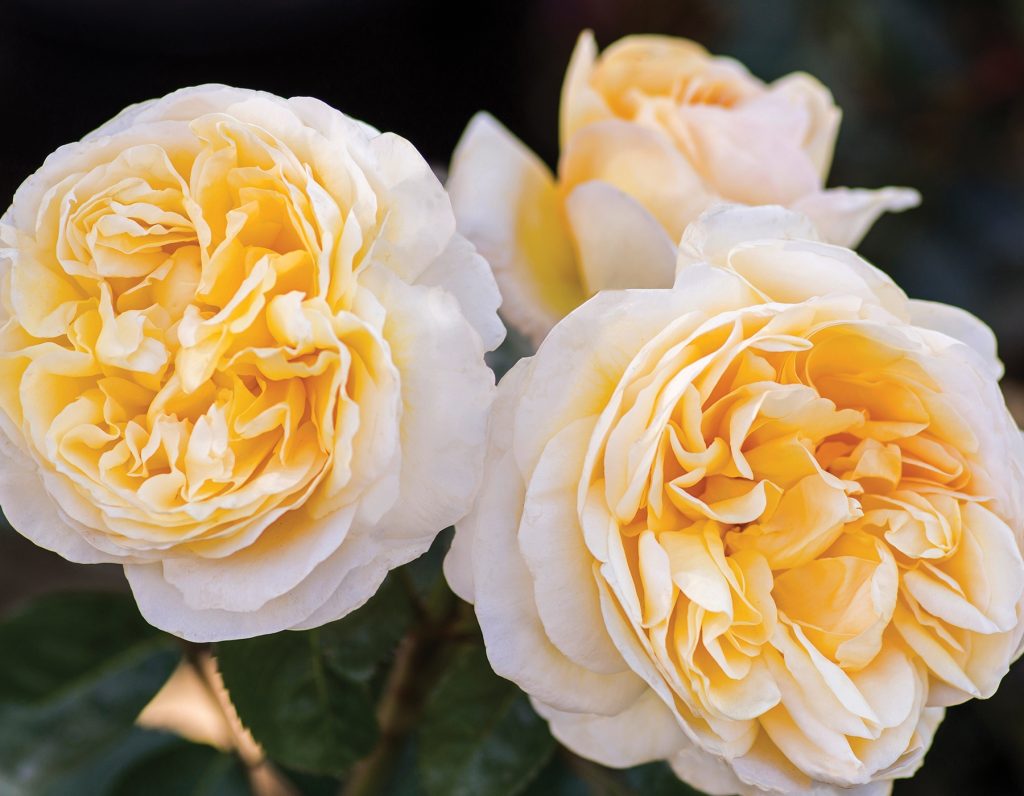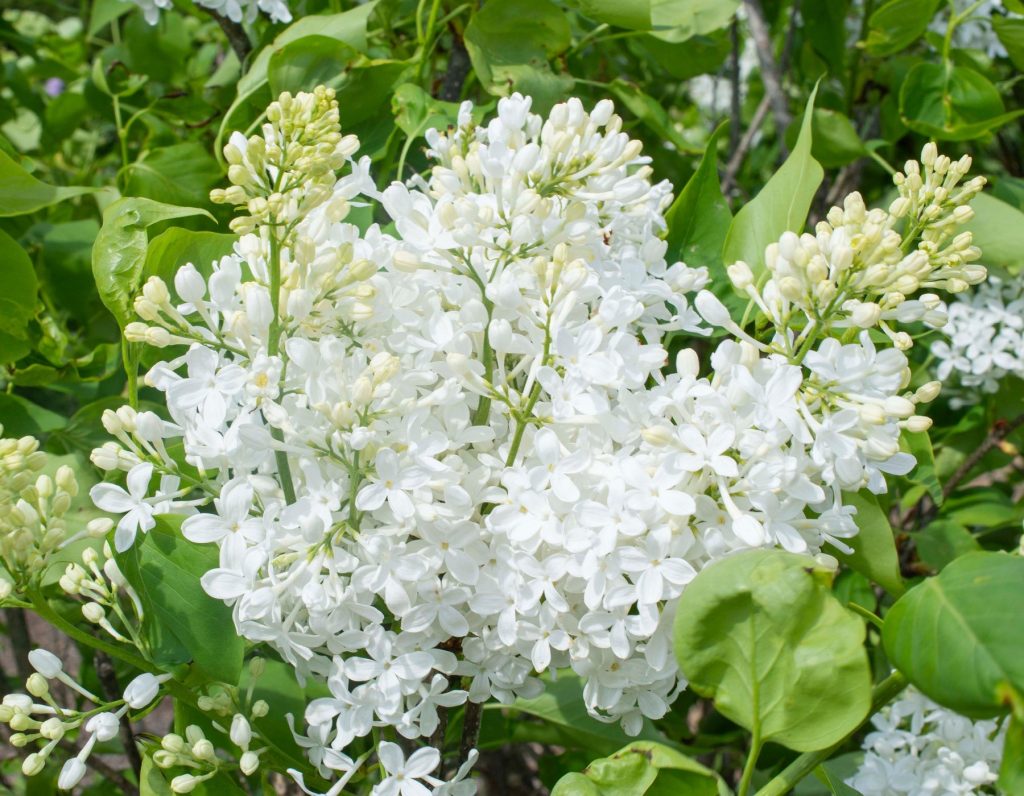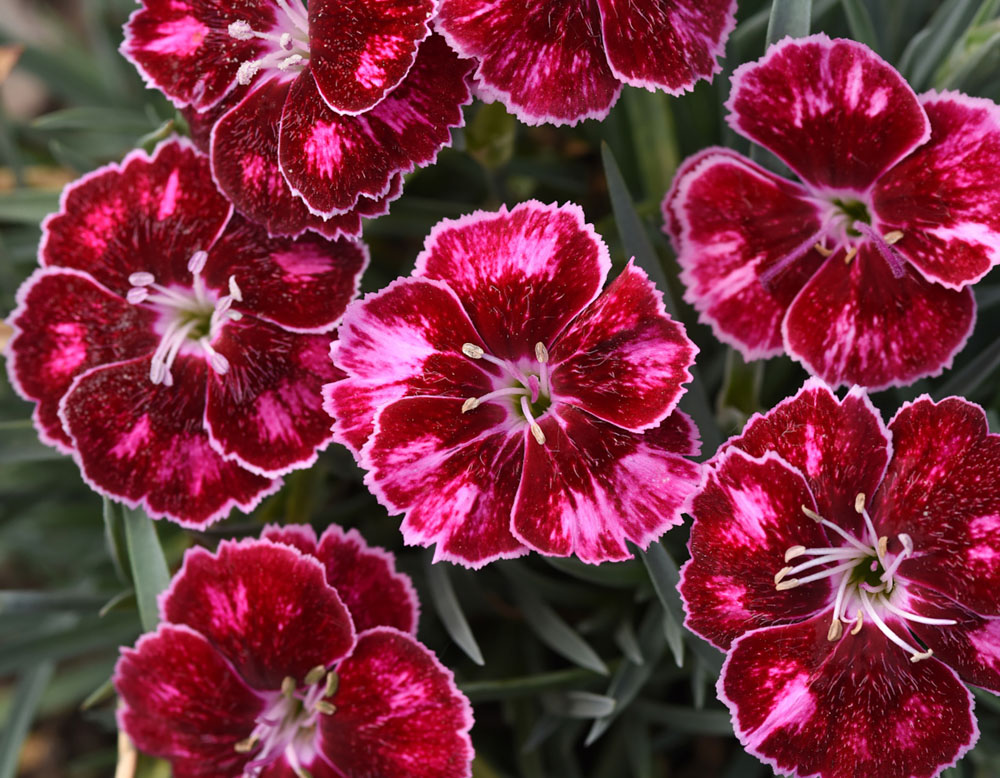While fertilizing your plants can add beneficial nutrients and aid in a healthy grown process, most Bloomables® plants do not require any fertilization to be successful. In general, it is better to not add fertilizer than to add it incorrectly or at the wrong time of year, which can result in damaging a plant’s roots or hindering its ability to grow back the following season. If you aren’t sure about whether your plant needs fertilizer, your locally owned garden center is a great resource for questions about your soil and any missing nutrients.

Tips for Roses
Use a balanced fertilizer formulated for roses from your local garden center and apply after the first flowering. Be sure to follow the specified rates and method of application provided on the product label. Make sure the soil is moist before you fertilize to avoid burning the roots. Do not fertilize in late summer, as this is the time that roses should be preparing themselves for dormancy, and you do not want to create unnecessary new growth that will likely die back from the first hard frost.

Tips for Shrubs
If you choose to fertilize, use a complete fertilizer suited for your particular variety from your local garden center. Be sure to follow the specified rates and method of application provided on the product label. Make sure the soil is moist before you fertilize to avoid burning the roots. Do not fertilize in late summer, as this is the time that shrubs should be preparing themselves for dormancy, and you do not want to create unnecessary new growth that will likely die back from the first hard frost.

Tips for Perennials
Perennials do not require fertilization to achieve their best performance when grown in average soil. If the soil in your area is sandy or gravel-based, you can use a low-to-medium rate of a granular, slow-release fertilizer. During application, be mindful that you only apply fertilizer to the soil and not on top of the plants.
